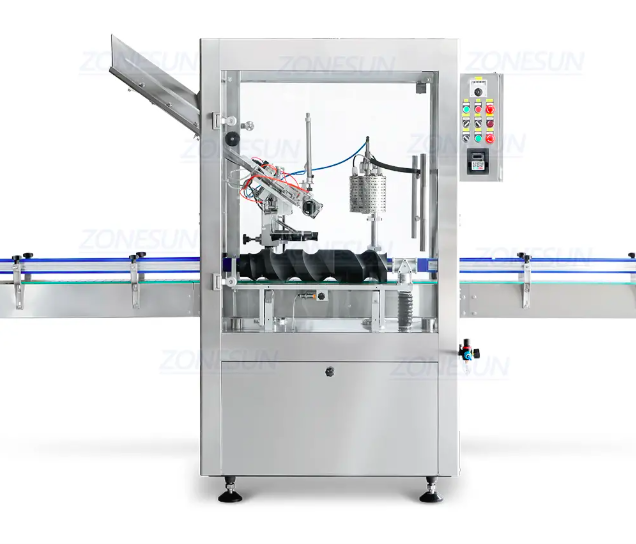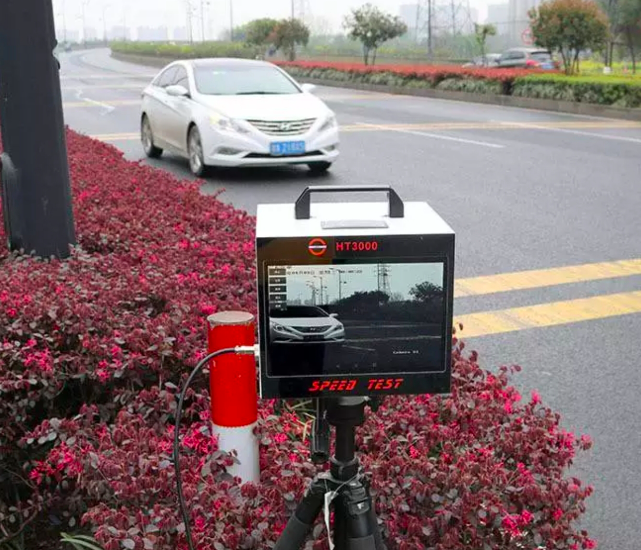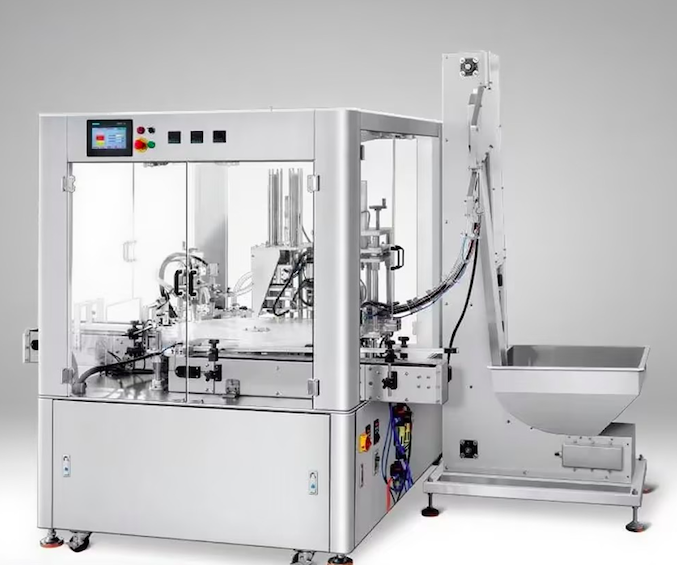In modern fiber optic networks, high-speed and reliable data transmission is essential for enterprises, data centers, and telecom operators. Patch cord and pigtail are fundamental components that ensure signals maintain their strength, integrity, and low latency. Their design, performance characteristics, and proper deployment directly influence network efficiency, making them indispensable in both short-range and long-haul communication systems.
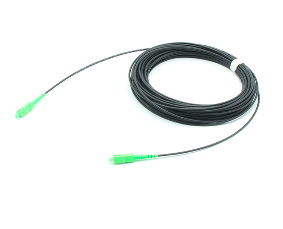

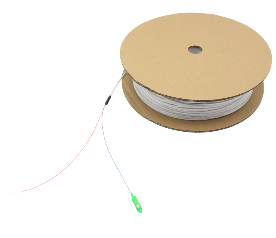
1. Patch Cord and Pigtail: Key Performance Features
(1)UPC Patch Cord and Pigtail
Unidirectional Physical Contact connectors are widely used in high-performance networks due to their low insertion loss and moderate return loss. Typically, a UPC patch cord exhibits an insertion loss of 0.2–0.35 dB per connection and a return loss of 55 dB. These values make UPC ideal for digital signal transmission over distances up to 10 km without requiring amplification.- Benefits in Data Centers

(2)APC Patch Cord and Pigtail
Angled Physical Contact connectors provide superior return loss performance due to their 8° angled end-face, typically achieving 60–65 dB return loss. While the insertion loss remains low at 0.25–0.3 dB, the main advantage of APC patch cord and pigtail is its ability to minimize back reflection, which is crucial for analog signals such as video streaming and CATV networks.- Long-Haul Applications

(3)TPU Patch Cord and Pigtail
Thermoplastic Polyurethane jacketed patch cords and pigtails are designed for environments that require both mechanical flexibility and thermal stability. TPU cords typically maintain insertion loss below 0.3 dB and can withstand bending radii as small as 15 mm, temperatures up to 85°C, and repeated flexing cycles exceeding 1,000 uses without degradation.- Industrial and Harsh Environment Use

2. Enhancing Network Reliability with Patch Cord and Pigtail
- Reducing Signal Loss
- Minimizing Return Loss
3. Practical Applications in Different Environments
- Enterprise Networks
- Industrial and Harsh Environments
- Research and Smart Building Applications

